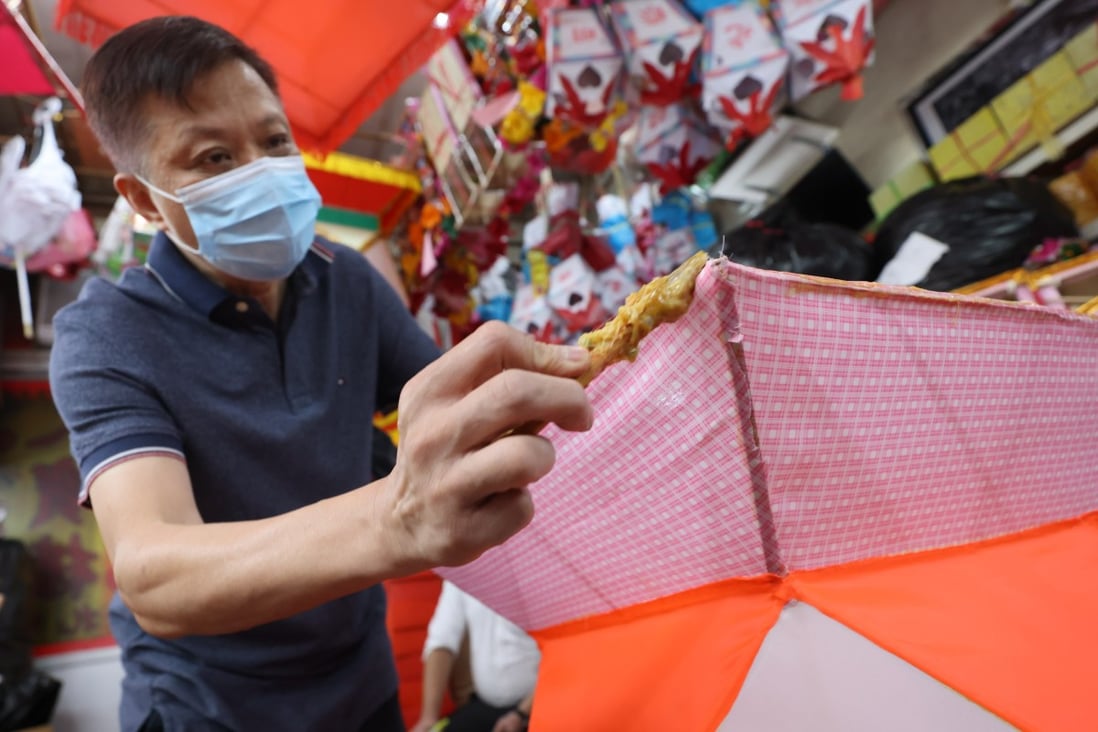
Ha Chung-kin, 60, who calls himself the King of Lanterns, loves his job as one of the few traditional Chinese lantern-makers left in Hong Kong. “Art cannot make money, so I turned it into a business by making lanterns,” he says.
In one corner of his busy workshop, tucked away in a small alleyway in Sai Ying Pun on Hong Kong Island, hangs a Guinness World Records plaque he received in 2017. “I got this for making the largest hanging lantern in the world. It was 9.39 metres (30 foot 8 inches) tall and 5.33 metres wide.”
Despite his enthusiasm for the centuries-old Chinese craft, Ha predicts a grim future for the art form in Hong Kong, Asia’s biggest financial hub.
“When I look ahead 30 to 40 years, I expect that the local lantern-making industry in Hong Kong will be dead,” he says. Still, it’s work he has enjoyed for decades.
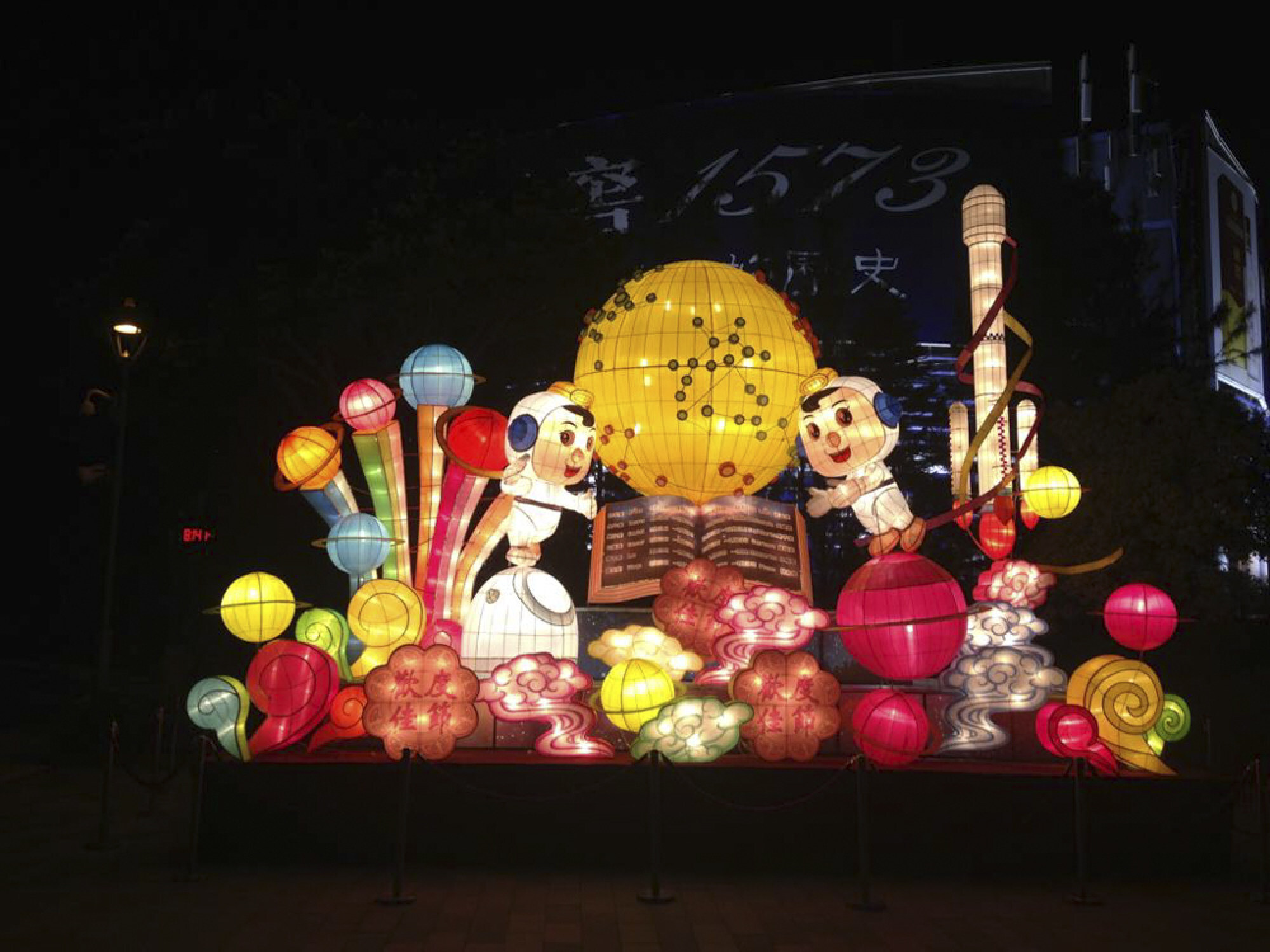
Ha’s first job, in the 1980s, was in finance. It didn’t go well. “I absolutely hated working in the financial sector,” he says. “I was so stressed during the two to three years when I had the job that I would wake up in the middle of the night.”
His father noticed how the finance job was affecting the young Ha and told him that he should quit and join the family business of lion dancing.
Meet the shadow puppet master inspiring Bali’s younger generations
“My father, Ha Kwok-cheung, was famous in his own right as the city’s ‘Lion Dance King’,” Ha says. “He and his brothers started a lion dance troupe back in the day which won both citywide and international championships for 10 consecutive years.
“His legacy continues today as the Ha Kwok Cheung troupe, whose 10,000-plus members perform lion dances around the world.”
After a few years helping out with the family lion dance business, Ha decided he wanted to start his own enterprise and make traditional Chinese handicrafts.
“My father’s reputation as a lion dancer was actually a problem when I decided to take up various handicrafts,” he says. “No one was willing to teach me how to make the heads used for lion dancing, because they feared that I would take all their business away.
“A master who had a shop in Western Street in Sai Ying Pun finally agreed to take me in. As soon as I learned how to make a lion head, I started my own shop, Tin Bo Lau, in 1987.”
Today, Ha rarely makes lion heads – that business has shifted to China, where the cost of production is much lower. He spends most of his time making lanterns and joss offerings – paper items burned as offerings for the deceased.
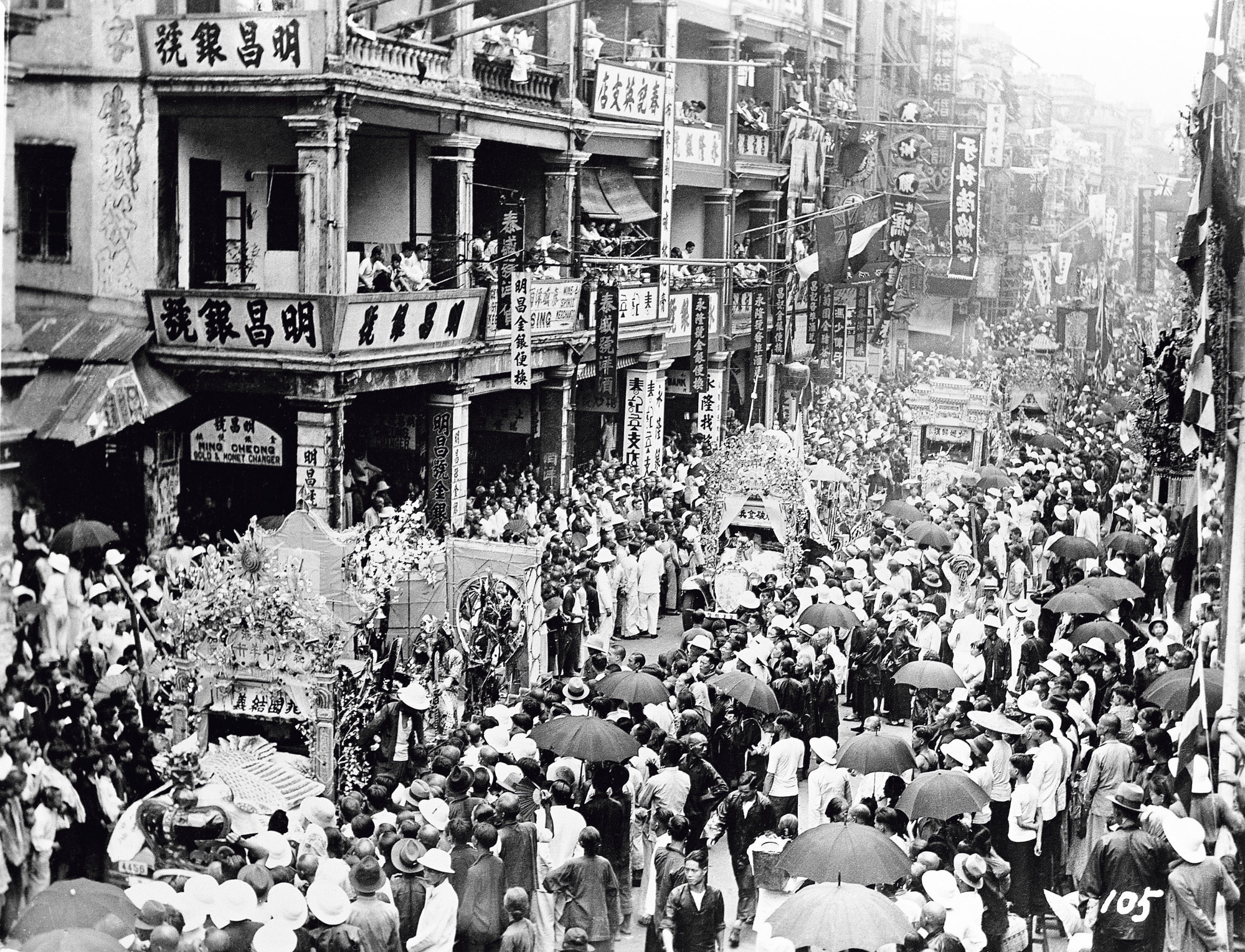
Ha likes making lanterns, especially for the Mid-Autumn Festival. “It’s a very creative business, and every single time the sources of inspiration are different,” he says.
“Imagination and creativity really comes from everywhere. Once, in 2007, I was watching a news report about a rocket getting launched in China. Immediately, I came up with an idea to make a lantern shaped like a rocket, with astronauts floating around it.
“In another instance, I was eating ice cream, and got an idea to make a lantern that looked like the ice cream,” he says, as he cuts down a piece of colourful paper to fit on the bamboo frame of a lantern he is making.
“These lanterns that I’m working on right now will be sent to a rehabilitation centre, so that the people there can paint and draw on them to celebrate the Mid-Autumn Festival.”
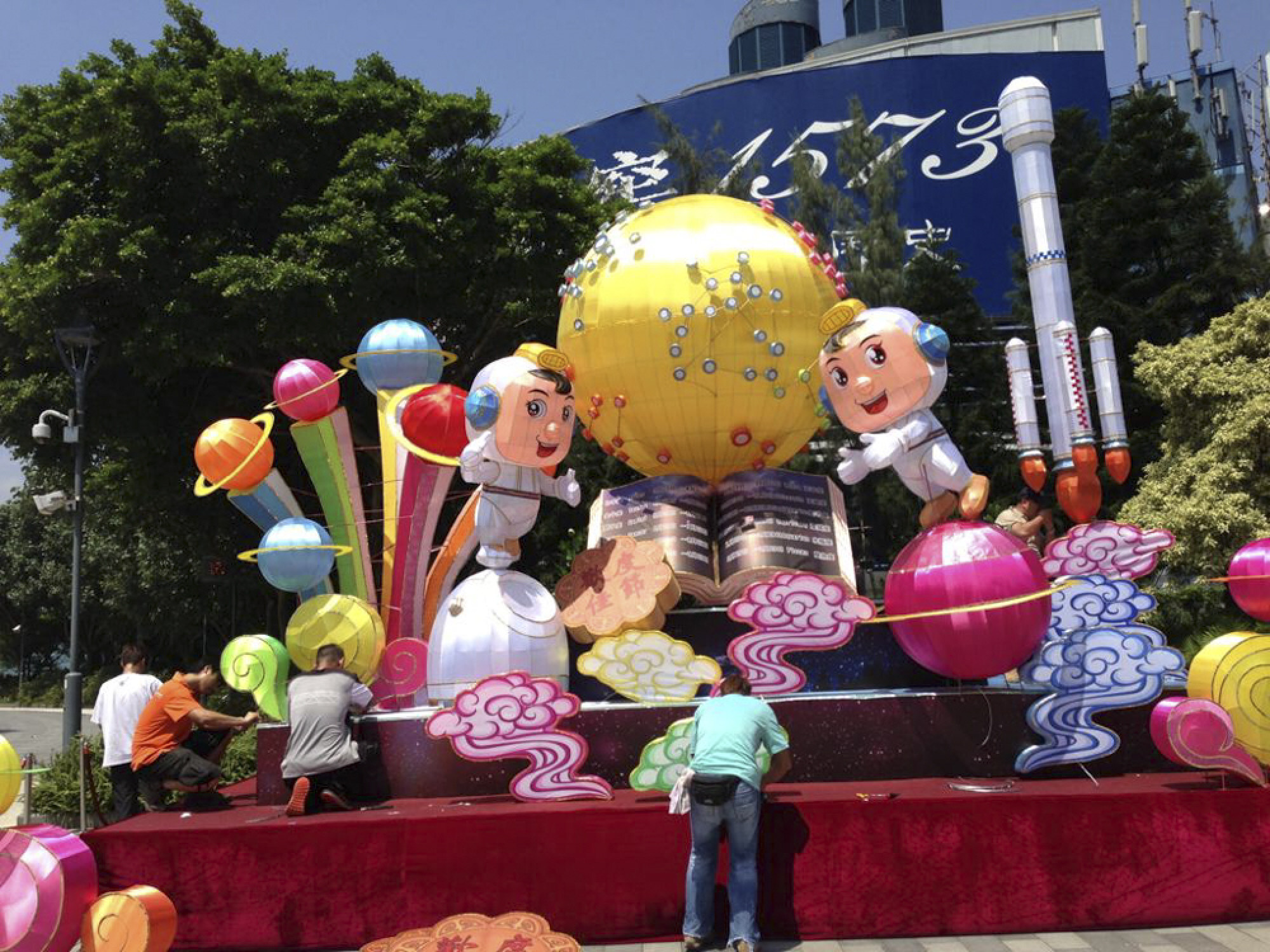
Sadly for Ha, most of the small lanterns now sold in the city are imported from China instead of being made locally. The Chinese lanterns are factory-made and used metal frames rather than the traditional bamboo.
Orders for lanterns have dropped significantly in Hong Kong, even for the large ones commissioned annually by shopping centres and residential estates, Ha says, and he is not making any large lanterns for this year’s Mid-Autumn Festival.
“It’s because making them in China is cheaper. Also, the orders for big lantern displays have further dipped in the past year because of the pandemic-related group gathering restrictions in the city,” he says.
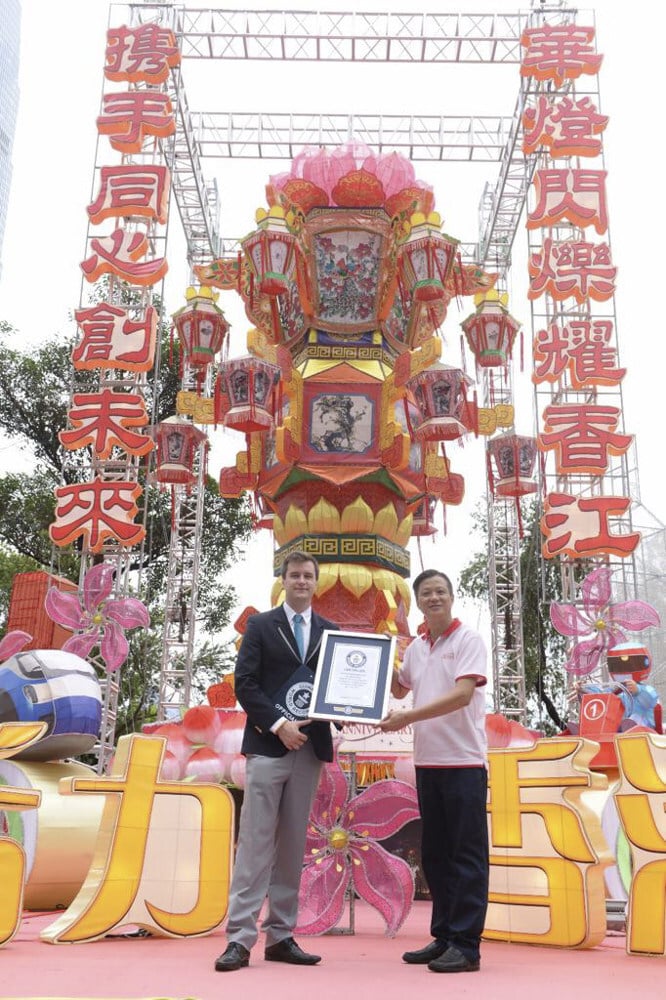
Three decades ago, Hong Kong had around 100 people in the traditional-lantern- making industry, he remembers. Now, there are only a few.
“It’s really hard to teach the younger generation the traditional way of making lanterns,” Ha says. “The craft is not as easy as, for example, working at a clothing retail shop. I have actually tried to teach some people in the past. But now, I honestly think it’s a waste of time to keep trying, because you don’t know when they will quit.”
In his packed workshop two weeks before the 2021 Mid-Autumn Festival, he and three others are busy finishing the orders for the rehabilitation centre.
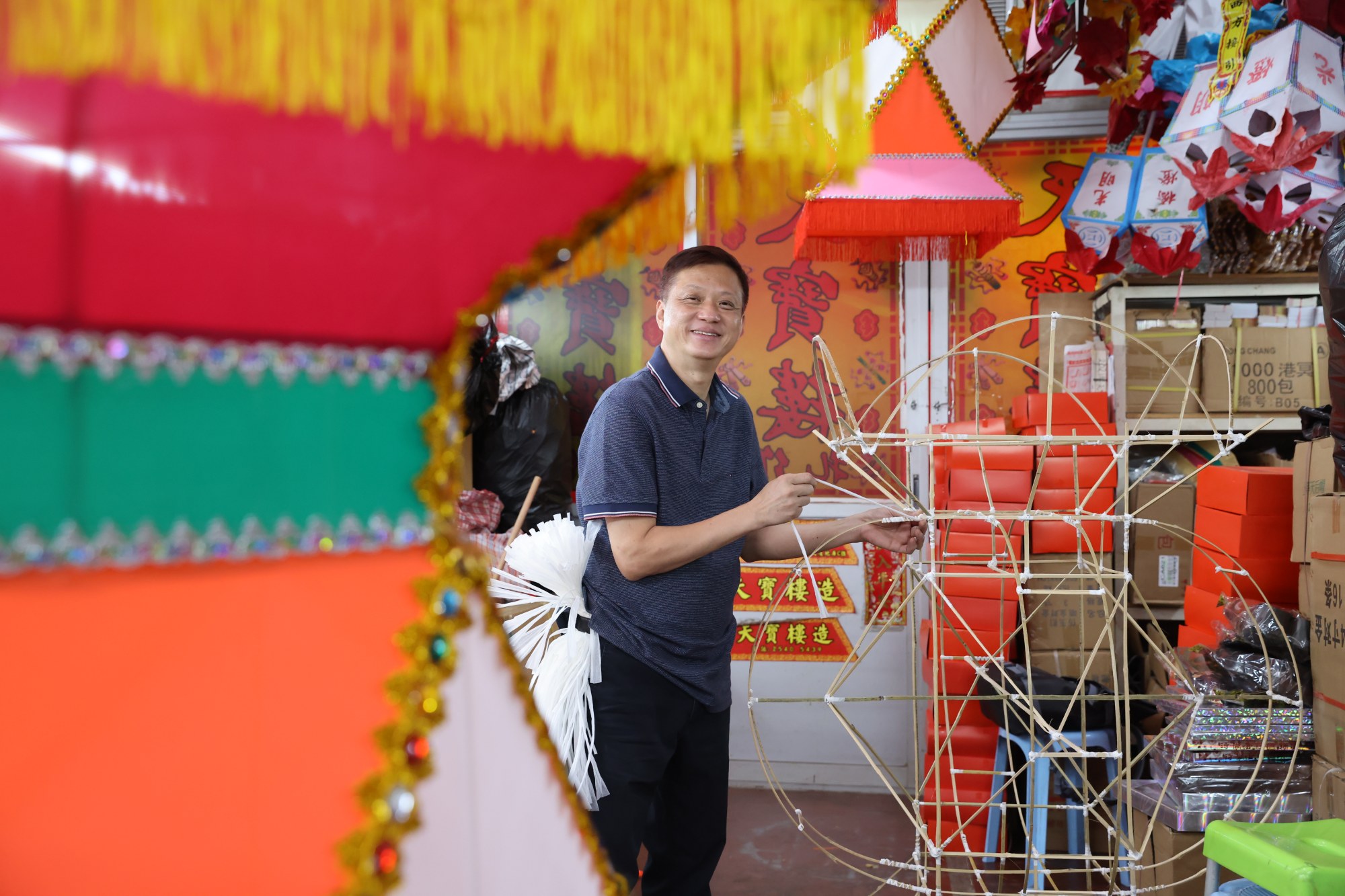
With the exception of Ha’s 34-year-old son, Ha Ho-man, they are in their 50s and 60s; Ho-man hopes to carry on the business one day despite his father’s predictions of a dire future for the industry in Hong Kong.
“As long as there are Chinese people in this world, there will be Taoism [a Chinese spiritual tradition], and there will be lanterns,” Ha senior says. “It’s just that I don’t think the cultural heritage will be able to survive in this city.
“I am not sad about it, though. I am actually very happy and satisfied every day because I get to do what I genuinely enjoy.”







